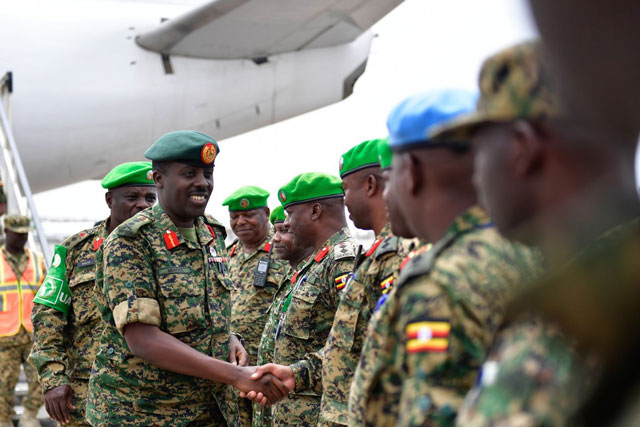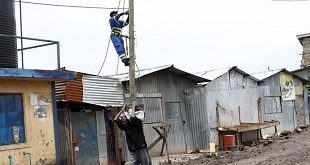
Currently Uganda has 6700 troops in Somalia deployed in what is called Sector 1, which comprises the regions of Banadir, and Lower Shabelle and include Mogadishu and Janale cities. The second biggest AMISOM force of 5,432 forces from Burundi is in charge of Sector 5 which covers the Middle Shabelle region next to Mogadishu city. Kenyan forces are responsible for Sector 2 comprising Lower and Middle Jubba which covers Kismayo city. Ethiopia covers Sector 3 comprising Bay and Bakool as well as Gedo and Djiboutian forces are in charge of Sector 4 which covers Hiiraan and Galgaduud.
But Karemire said the AMISOM is to conduct a calculated handover and “not a reckless one”.
He said UPDF has stayed in Somalia “because we have a mission to accomplish which is to eradicate the Al Shabaab”
While Karemire dismissed talk that the attack was evidence of how the security situation in Somalia is getting worse, it shows that even a calculated handover by AMISOM could be problematic.
Observers say, increasingly, the Al Shabaab appear to be eroding the gains by AMISOM to which Uganda contributes over 6000 troops.
AMISOM troops are again increasingly being ambushed.
One such attack occurred during a regular patrol to secure the Mogadishu-Barawe Main Supply Route and it involved an improvised explosive device (IED).
For instance, in July, the Al Shabaab launched a deadly ambush on AMISOM forces in southern Somalia. While AMISOM initially claimed that 12 soldiers were killed and several others wounded, the Al Shabaab claimed the figure was much higher.
“The Mujahideen today set up a series of ambushes for the convoy of the Ugandan Crusader forces and more than 39 soldiers were killed,” said Abdul Aziz Abu Musab, the group’s spokesman in a July statement. In a subsequent post, the group said the number of dead Ugandan troops was 51.
Although Uganda authorities claimed that the Shabaab was exaggerating the number of fatalities, Ali Nur, the deputy governor of Lower Shabelle region, was quoted by Reuters saying they had carried 23 dead AMISOM soldiers and a dead Somali soldier from the scene where the Shabaab ambushed AMISOM.
According to a UN report, 150 Kenyan soldiers were killed during the Jan. 15, 2016 surprise assault on an AFRICOM base in the town of El Adde.
Like in the case of the attack on the Ugandan forces, the Kenyan authorities had also sought to down play the attack.
The July ambush also revealed how the Shabaab had a bigger plan. It occurred around Bulo Marer, approximately 140 to 150 kilometers south of Mogadishu. The town had been freed from the groups’ control by Somali and AMISOM fighters in Aug. 2014.
Bulo Marer had served as a major route for Al Shabaab and provided them with steady income obtained through extortion and forceful taxation of residents and travellers, according to the UN.
Experts pointed out that the attacks revealed how the Shabaab is trying to reclaim its territory.
While the authorities have dismissed the impact of these attacks, some observers have pointed out that the Al Shabaab assaults have in some instances forced African Union troops to withdraw from some cities and towns in southern Somalia. One such town is Lego, which the militants reclaimed in August.
 The Independent Uganda: You get the Truth we Pay the Price
The Independent Uganda: You get the Truth we Pay the Price


